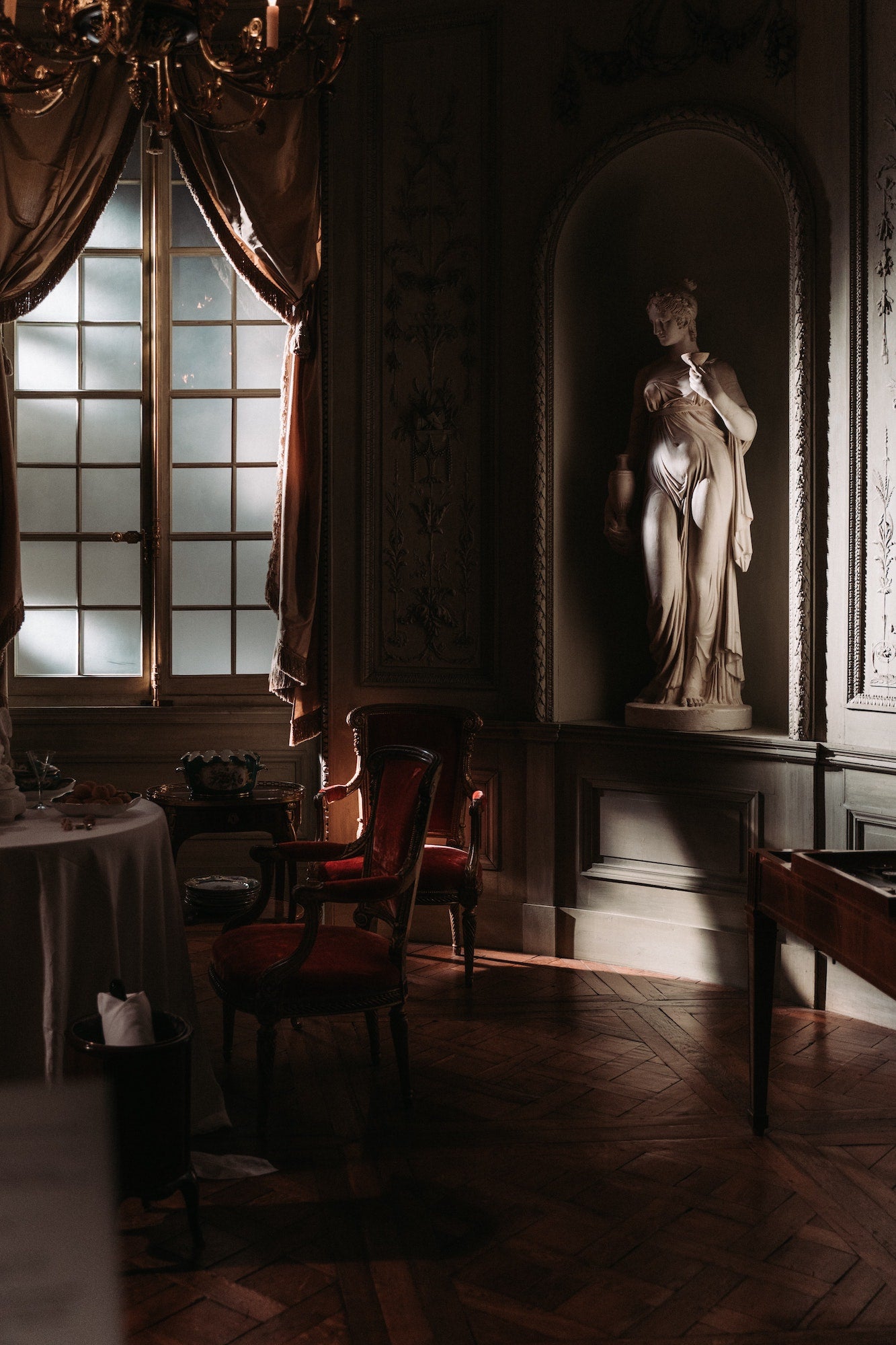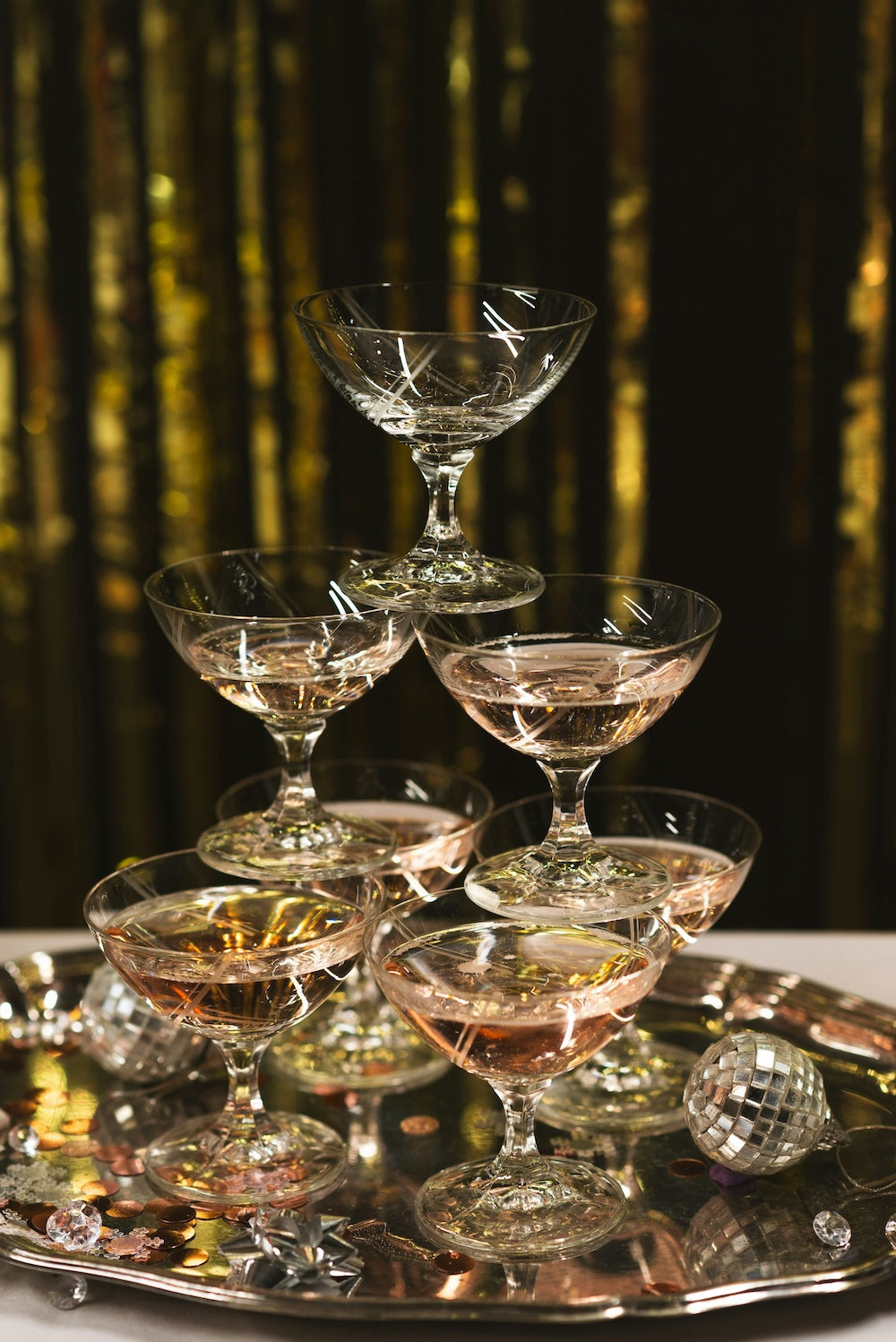The 18th-century club for “fallen women”.

The adulterous aristocrats’ association.
Reputation is a powerful thing. In the 18th century, particularly for women, having a tarnished reputation was social death. If you were seen as socially undesirable in any one of dozens of ways, you were done. Life, particularly for the well-to-do, revolved around social engagements and in-person social networks—members’ clubs in which meals were eaten, games were played and, occasionally, plots were plotted.
If you were deemed unworthy, that was it for you as far as polite society was concerned. One woman, Caroline Stanhope, fell foul of that around 1770. Her attempts to join the aristocratic ladies’ club The Female Coterie were unsuccessful when she found herself blackballed due to her reputation.
Not that her reputation was unfounded. Born into the noble FitzRoy family, the daughter of the Duke of Grafton, Caroline married William Stanhope, 2nd Earl of Harrington in 1746, aged 24. She enjoyed the finer things in life, showing up to the coronation of George III “covered with all the diamonds she could borrow, hire, or seize.” While the couple had seven children, they were deeply unhappy and both had numerous affairs, making little if any attempt to hide them but opting not to divorce—by the social mores of the time, divorce would have disgraced both of them, while the arrangement they had only brought scandal upon Caroline. Caroline was openly bisexual a century before a term for it existed, with upmarket gossip paper Town & Country accusing her of “highly refined salaciousness” with everyone "from a monarch down to a hairdresser."
However, William was famed for his own overindulgences, nicknamed “the goat of quality” due to his hedonistic lifestyle and strict habit of visiting a brothel four times a week. Of course, William’s excesses didn’t lead to him being blackballed from anywhere, and he was a proud member of Sir Francis Dashwood's Order of the Friars of St. Francis of Wycombe, better known as the Hell-Fire Club, an organization dedicated to pleasure-seeking and excess.
Caroline decided to set up her own club, which became known as the New Female Coterie and welcomed women who had been shamed for adultery or accused of being unacceptably promiscuous. She took it one step further by adopting as their club headquarters a room in the same brothel her husband was a regular at.
Among the members were:
- Henrietta, Lady Grosvenor, was caught in bed with the King’s brother. Her husband Lord Grosvenor sued the King’s brother for “damage to marital property” and was awarded damages, but was unsuccessful in suing Henrietta for adultery after she trawled the brothels of London building a list of all the women he had cheated on her with.
- Lady Worsley was rumored to have had 27 lovers while married, leaving her husband for one of them. When her husband brought a case against the lover, it ended up collapsing when events involving Lord Worsley “accidentally” contriving events in which other men would see his wife bathing were revealed, including the detail that he had even gone so far as to boost some of them up to get a better peek into her windows.
- Penelope Ligonier divorced her husband after an affair with an Italian count who then refused to marry her because she was divorced. However, even twenty years later she wrote lovingly of how happy she was to abandon her previous life.
- The Honorable Catherine Newton was known for having sex with her coachman.
All now existed as demimondaines—disgraced upper-class women often surviving only on donations from wealthy benefactors.
Georgian polite society was rocked by the brazenness of an organization for women deemed so déclassée, but once it was established, the New Female Coterie was not enormously dissimilar to other ladies’ clubs of the time—it was all suppers, gaming, and organized talks. However, unlike many clubs of the day, the subject matter of their lectures and debates could lean towards sex and sexuality, a safe space for women to speak frankly about what frequently went undiscussed.
The club existed for at least a dozen years, but little is known of what happened to it after Caroline Stanhope’s death in 1784. Whatever happened afterward, for those few years something deeply unique existed. Society might have been appalled by these women, but they opted to wear their status with pride, creating connections, ideas, progress, and friendship where the world around them demanded they feel only disgrace.

